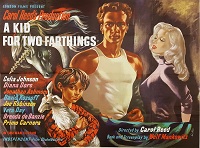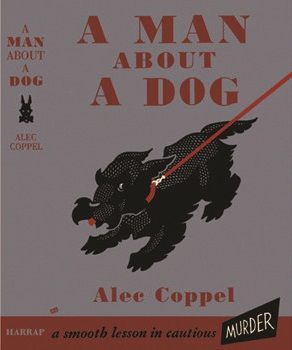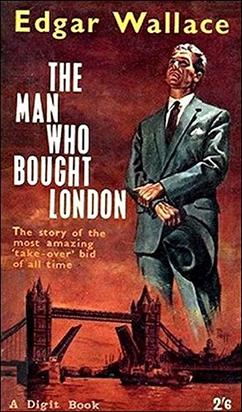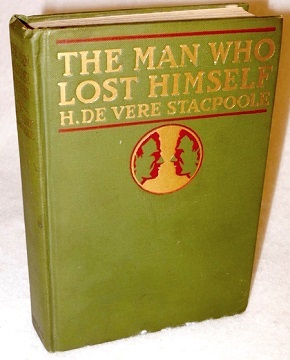
Odd Man Out is a 1947 British film noir directed by Carol Reed, and starring James Mason, Robert Newton, Cyril Cusack, and Kathleen Ryan. Set in Belfast, Northern Ireland, it follows a wounded Nationalist leader who attempts to evade police in the aftermath of a robbery. It is based on the 1945 novel of the same name by F. L. Green.

A Kid For Two Farthings is a 1955 British comedy-drama film directed by Carol Reed. The screenplay was adapted by Wolf Mankowitz from his 1953 novel of the same name. The title is a reference to the traditional Passover song, "Chad Gadya", which begins "One little goat which my father bought for two zuzim". At the end of the film, Mr. Kandinsky softly sings fragments of an English translation of the song.

Kieron Moore was an Irish film and television actor whose career was at its peak in the 1950s and 1960s. He may be best remembered for his role as Count Vronsky in the film adaptation of Anna Karenina (1948) with Vivien Leigh.

The Long Haul is a 1957 British drama film directed by Ken Hughes and starring Victor Mature, Patrick Allen and Diana Dors. It is based on the novel The Long Haul by Mervyn Mills.
The Feathered Serpent is a 1934 British thriller film directed by Maclean Rogers and starring Enid Stamp-Taylor, Tom Helmore and Moore Marriott. A reporter faces a race against time to clear an actress accused of murder. It is based on the 1927 novel The Feathered Serpent by Edgar Wallace.
Red Pearls is a 1930 British silent crime film directed by Walter Forde and starring Lillian Rich, Frank Perfitt and Arthur Pusey. It was made at the Nettlefold Studios in Walton. It was based on the novel Nearer! Nearer! by J. Randolph James. The film was produced just as the change to sound films was taking place in Britain.
Mary Latimer, Nun is a 1920 British silent drama film directed by Bert Haldane and starring Malvina Longfellow, Warwick Ward and Ethel Fisher. The film is based on a novel by Eve Elwen. The screenplay concerns a girl from the slums who marries the son of an aristocrat.
Melody of Death is a 1922 British silent crime film directed by Floyd Martin Thornton and starring Philip Anthony, Enid R. Reed and Dick Sutherd. It is an adaptation of the 1915 novel The Melody of Death by Edgar Wallace.

Mad Hour is a 1928 American silent drama film directed by Joseph Boyle and starring Sally O'Neil, Alice White, and Donald Reed. It was adapted from a 1914 novel by Elinor Glyn.

A Man About a Dog is a 1947 thriller novel by the British-Australian writer Alec Coppel. Driven to distraction by his wife's repeated affairs, her husband decides to kidnap her latest lover and commit the perfect murder, only to be thwarted by a dog.

The Man Who Bought London is a 1915 crime novel by the British writer Edgar Wallace. It was originally published as a magazine serialisation.

Time to Remember is a 1962 British crime film directed by Charles Jarrott and starring Yvonne Monlaur, Harry H. Corbett and Robert Rietty.

Room 13 is a 1924 crime novel by the British writer Edgar Wallace. It was the first in a series of books featuring the character of J. G. Reeder, a mild-mannered civil servant who is a brilliant detective.
The Terror is a 1927 mystery thriller play by the British writer Edgar Wallace. It is based on Wallace's 1926 novel The Black Abbot.

Grey Timothy is a 1913 sports thriller novel by the British writer Edgar Wallace. Brian Pallard, an Australian gambler arrives in Britain clashes with a rival English aristocrat at the racetrack.

A Man About the House is a 1942 novel by the British writer Francis Brett Young. Two sisters living a life of genteel poverty in North Bromwich discover that they have inherited a villa near Capri from an uncle. In the warmth of the Italian climate they both flourish, but the presence of the villa's handyman provides a troubling note.

The House of Secrets is a 1926 mystery thriller novel by the British writer Sydney Horler. Horler was a prolific writer known for particularly for his series featuring Tiger Standish, but he also wrote many stand-alone novels. In 1927 he adapted the novel into a stage play of the same name.

For Them That Trespass is a 1944 thriller novel by the British writer Ernest Raymond. Christopher Drew, a respected writer and family man, faces ruin when a past affair with a London prostitute threatens to come out.

The Man Who Lost Himself is a 1918 comedy drama novel by the Irish-born writer Henry De Vere Stacpoole. The plot revolves around an American from Philadelphia, Victor Jones, arriving in London to find himself the exact Doppelgänger of a British aristocrat.

On the Night of the Fire is a 1939 crime drama novel by the British writer F. L. Green. It was Green's second published novel and his breakthrough work.















